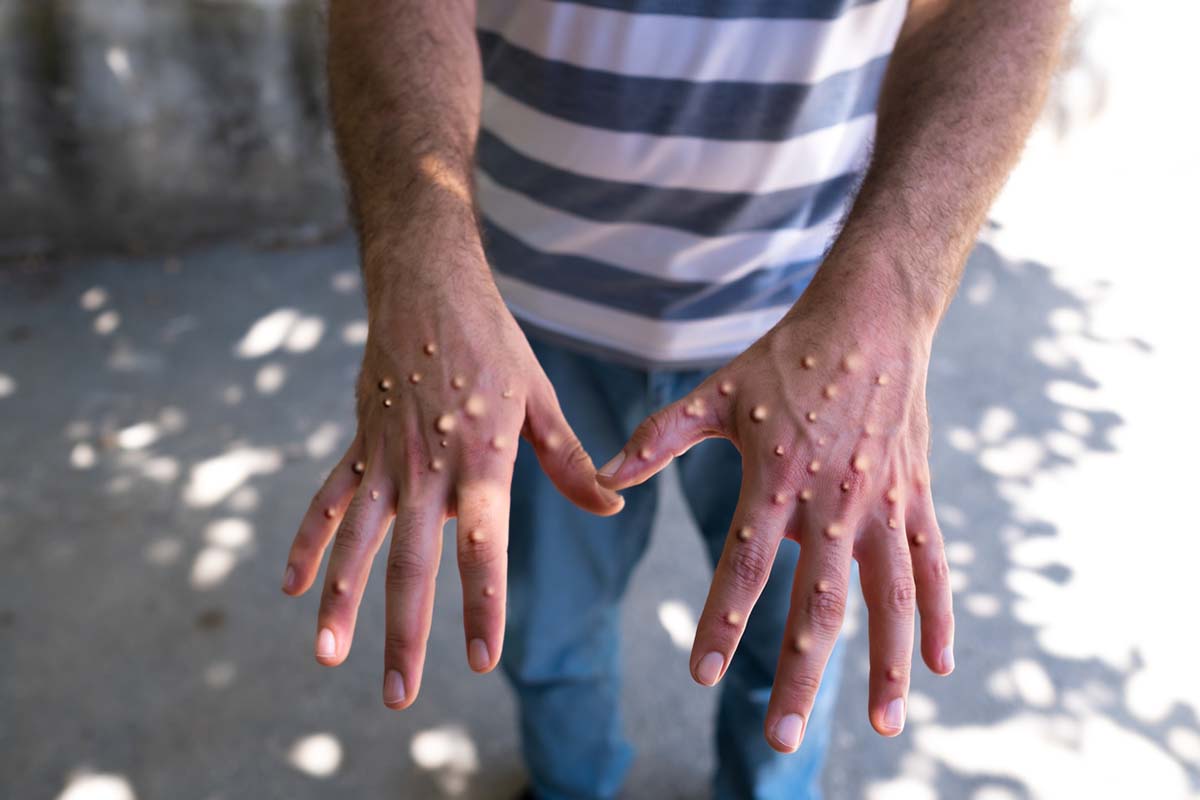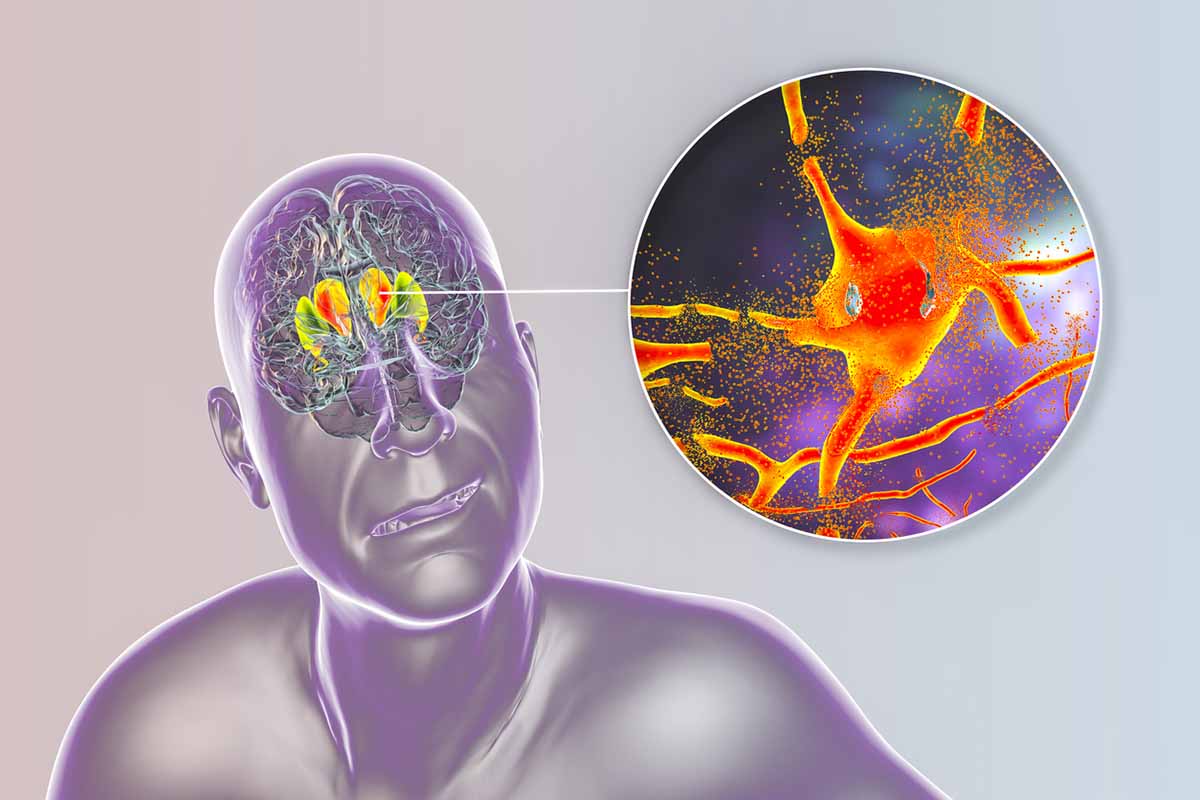“Sleep Attacks” in a Patient With Parkinson’s Disease and Subsequent Psychiatric Decompensation: A Case Report
To the Editor: Sleep disorders in neurodegenerative disorders such as Parkinson’s disease are underappreciated. Misdiagnosing a parasomnia can contribute to a worsened quality of life and be devastating in a psychiatrically vulnerable population, as illustrated by the following case.
Case report. Mr A, a 64-year-old man, was followed up regularly for his obsessive-compulsive disorder, which had originally been diagnosed 30 years earlier and had recently been in remission on treatment with 80 mg of citalopram daily. He had a history of Parkinson’s disease treated with deep brain stimulation, liver transplant following cryptogenic liver cirrhosis, and obstructive sleep apnea treated with nasal continuous positive airway pressure (CPAP). In 2010, he reported having “sleep attacks” at increased frequency during the preceding 2 months. Therefore, he was terrified of falling or doing something “bad” during his sleep. He sustained minor injuries and experienced increasing anxiety about how he arrived in strange places and positions prior to waking up, usually on the bathroom floor. These episodes were not witnessed since he lived alone, and, without anyone to account for his activities, he produced rampant guilt-laden obsessive thoughts about his unseen activities. Intrusive thoughts paralyzed Mr A, and he was no longer able to care for himself. He stopped eating and his weight went from 115 to 95 lb. At this point, he no longer wished to live and began having persecutory delusions that involved punishment for his “bad” behavior.
After being admitted to the geropsychiatry unit, Mr A adapted well to its monitored environment and the titration of low-dose quetiapine (12.5 mg in the morning and 25 mg in the evening). No sleep attacks were seen. A second sleep study revealed an elevated hypopnea index of 57.7, consistent with his known obstructive sleep apnea. In addition, there was evidence of rapid eye movement (REM) sleep behavior disorder (RBD) given periodic small limb movements during REM sleep. The catatonic state of REM sleep is disrupted in RBD, which allows for patients to act out their REM-induced dream state. The conventional treatment for RBD is high-dose melatonin or clonazepam,1 but this was not started because the patient’s sleep attacks, anxiety, and suicidal ideation were treated with proper use of his nasal CPAP. The sleep attacks did not recur, but the patient remained delusional for 6 months.
Parkinson’s disease is plagued by sleep-related problems. Sleep architecture is usually experienced as light sleep with frequent awakenings. The majority of patients experience greater insomnia, restless legs syndrome, and vivid dreaming than the general population.2 “Sleep attacks” may be associated with narcolepsy, in which an increasing loss of hypocretin cells has been correlated with disease progression in Parkinson’s disease.3,4 Additionally, excessive daytime sleepiness correlates with disease severity and in its extreme form can produce sleep attacks.2 Obstructive sleep apnea may not be more common in Parkinson’s disease.5
This is a case of severe obstructive sleep apnea mimicking RBD, a phenomenon that has been termed pseudo-RBD.1 A study by Iranzo and Santamar×a6 examined 16 patients with REM sleep-enacting behaviors in addition to a mean hypopnea index of 67.5. Video monitoring found that the abnormal sleep behaviors occurred only during apnea-induced arousals (hypnopompic). As in this case, they remitted with treatment of the underlying obstructive sleep apnea.
References
1. Schenck CH, Mahowald MW. REM sleep behavior disorder: clinical, developmental, and neuroscience perspectives 16 years after its formal identification in SLEEP. Sleep. 2002;25(2):120-138. PubMed
2. Pandya M, Kubu CS, Giroux ML. Parkinson disease: not just a movement disorder. Cleve Clin J Med. 2008;75(12):856-864. PubMed doi:10.3949/ccjm.75a.07005
3. Haq IZ, Naidu Y, Reddy P, et al. Narcolepsy in Parkinson’s disease. Expert Rev Neurother. 2010;10(6):879-884. PubMed doi:10.1586/ern.10.56
4. Thannickal TC, Lai YY, Siegel JM. Hypocretin (orexin) cell loss in Parkinson’s disease. Brain. 2007;130(Pt 6):1586-1595. PubMed doi:10.1093/brain/awm097
5. Cochen De Cock V, Abouda M, Leu S, et al. Is obstructive sleep apnea a problem in Parkinson’s disease? Sleep Med. 2010;11(3):247-252. PubMed doi:10.1016/j.sleep.2009.05.008
6. Iranzo A, Santamar×a J. Severe obstructive sleep apnea/hypopnea mimicking REM sleep behavior disorder. Sleep. 2005;28(2):203-206. PubMed
Author affiliation: Department of Internal Medicine/Psychiatry, Rush University Medical Center, Chicago, Illinois.
Potential conflicts of interest: None reported.
Funding/support: None reported.
Published online: October 13, 2011.
Prim Care Companion CNS Disord 2011;13(5):doi:10.4088/PCC.11l01176
Copyright © 2011 Physicians Postgraduate Press, Inc.




